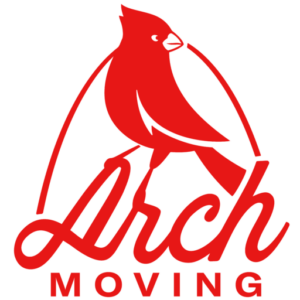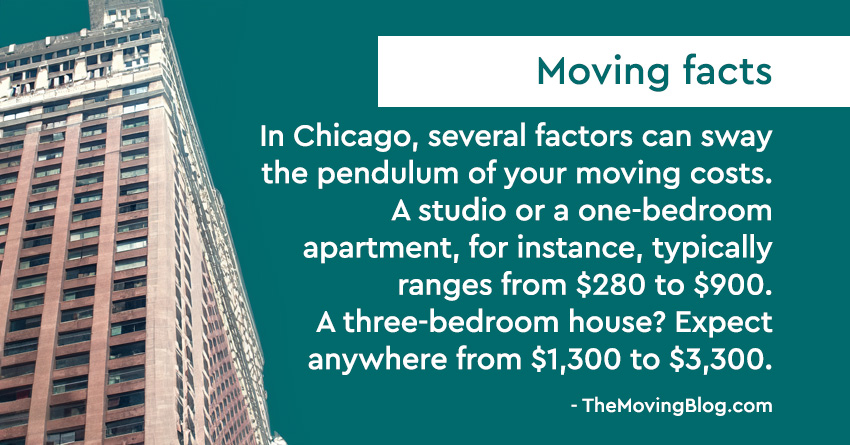Room-by-Room Guide to Packing for Your Move

Room-by-Room Guide to Packing for Your Move
Preparing for a move can be a daunting task, especially when it comes to packing up your entire home. However, by approaching the packing process one room at a time, you can simplify the task and ensure that everything is packed thoughtfully and efficiently. In this guide, we will walk you through how to pack up each room in your home, from the kitchen to the bedroom, to make your move as smooth as possible.
Kitchen
When packing up your kitchen, start by decluttering and organizing your items. Pack fragile items such as glassware and dishes in sturdy boxes with plenty of padding. Wrap breakables in towels or bubble wrap to prevent them from shifting during the move. Seal containers of liquids tightly and pack them in leak-proof bags to prevent spills. Label boxes with the contents and designate a box for essential kitchen items that you will need immediately upon arriving at your new home.
Living Room
In your living room, begin by packing away decorative items such as picture frames and knick-knacks. Wrap electronics such as televisions and speakers in protective padding and pack them in boxes that are appropriately sized. Remove the legs from furniture such as sofas and tables to make them easier to transport. Label boxes with the contents and the room they belong in to make unpacking easier.
Bathroom
When packing up your bathroom, start by sorting through your toiletries and discarding expired or unused items. Pack toiletries in sealed bags to prevent leaks. Wrap fragile items such as mirrors and glass shelves in bubble wrap and cushion them in boxes with towels or packing paper. Label boxes with the contents and designate a box for essential toiletries that you will need right away.
Bedroom
In your bedroom, begin by packing away clothing and linens. Use sturdy boxes or garment bags for clothing to prevent wrinkles. Pack shoes in separate boxes or bins to keep them organized. Disassemble furniture such as bed frames and dressers to make them easier to move. Label boxes with the contents and the room they belong in to streamline the unpacking process.
Home Office
When packing up your home office, start by organizing paperwork and important documents. Pack files and folders in labeled boxes to keep them organized. Wrap electronics such as computers and printers in protective padding and pack them in appropriately sized boxes. Label boxes with the contents and the room they belong in to make unpacking and setting up your office easier.
Storage Areas
When packing up storage areas such as basements or attics, start by decluttering and sorting through items. Pack items in sturdy boxes and label them with the contents. Use clear plastic bins for items that need protection from moisture or pests. Consider donating or selling items that you no longer need or use to lighten your load.
Garage
In the garage, begin by organizing and decluttering tools and equipment. Pack tools in durable boxes or bins and label them with the contents. Drain fuel from power equipment such as lawnmowers and chainsaws before packing them to prevent leaks. Donate or dispose of hazardous materials such as paint or chemicals properly to comply with safety regulations.
Conclusion
Packing for a move can be a time-consuming and overwhelming task, but by approaching the process methodically and room by room, you can make the task more manageable. By following this room-by-room guide, you can ensure that everything is packed thoughtfully and efficiently, making your move as smooth as possible. Remember to label boxes with the contents and the room they belong in to make unpacking easier. Happy moving!

















.svg)